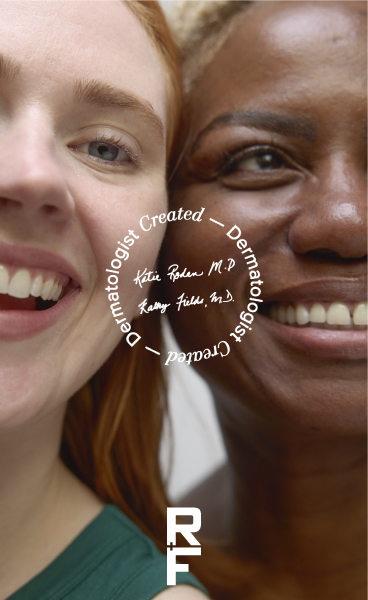Buy a skin regimen, get eye cream FREE ($69 value!) New Customers use WELCOME15 to save 15%
Iniciar sesión
TU SESIÓN ESTÁ A PUNTO DE VENCER:
Confirmación
¿QUÉ ES EL CRP Y CÓMO FUNCIONA?
Para obtener más información, consulta los Términos y Condiciones del CRP.
¿QUÉ ES EL CRP Y CÓMO FUNCIONA?
Para obtener más información, consulta los Términos y Condiciones del CRP.
¿QUÉ ES EL CRP Y CÓMO FUNCIONA?
Para obtener más información, consulta los Términos y Condiciones del CRP.
¿QUÉ ES EL CRP Y CÓMO FUNCIONA?
Para obtener más información, consulta los Términos y Condiciones del CRP.
¿QUÉ ES EL CRP Y CÓMO FUNCIONA?
Para obtener más información, consulta los Términos y Condiciones del CRP.
¿QUÉ ES EL CRP Y CÓMO FUNCIONA?
Para obtener más información, consulta los Términos y Condiciones del CRP.
What are the benefits of vitamin A?
Vitamin A is an important nutrient that has many different benefits for your body. It has been found to contribute to a healthier, more vibrant appearance by helping to brighten skin. It also assists in helping the skin look firmer. Vitamin A has been linked to a visible reduction in fine lines and wrinkles as well as visibly reducing the appearance of age spots, sun spots, and acne damage. When applied topically, vitamin A is absorbed by the skin, which lets you target specific areas as needed.
Is retinol the same as retinoid?
Retinol and retinoid are similar, as retinol is one type of retinoid. While both are used in anti-aging products, most traditional skin care products use retinol. Retinoid is typically used for prescription products while retinol is a main ingredient in non-prescription products. They both have effects on the skin’s dermis layer, and you can safely use both types of products. However, using both topically at the same time can make your facial skin feel too dry.




